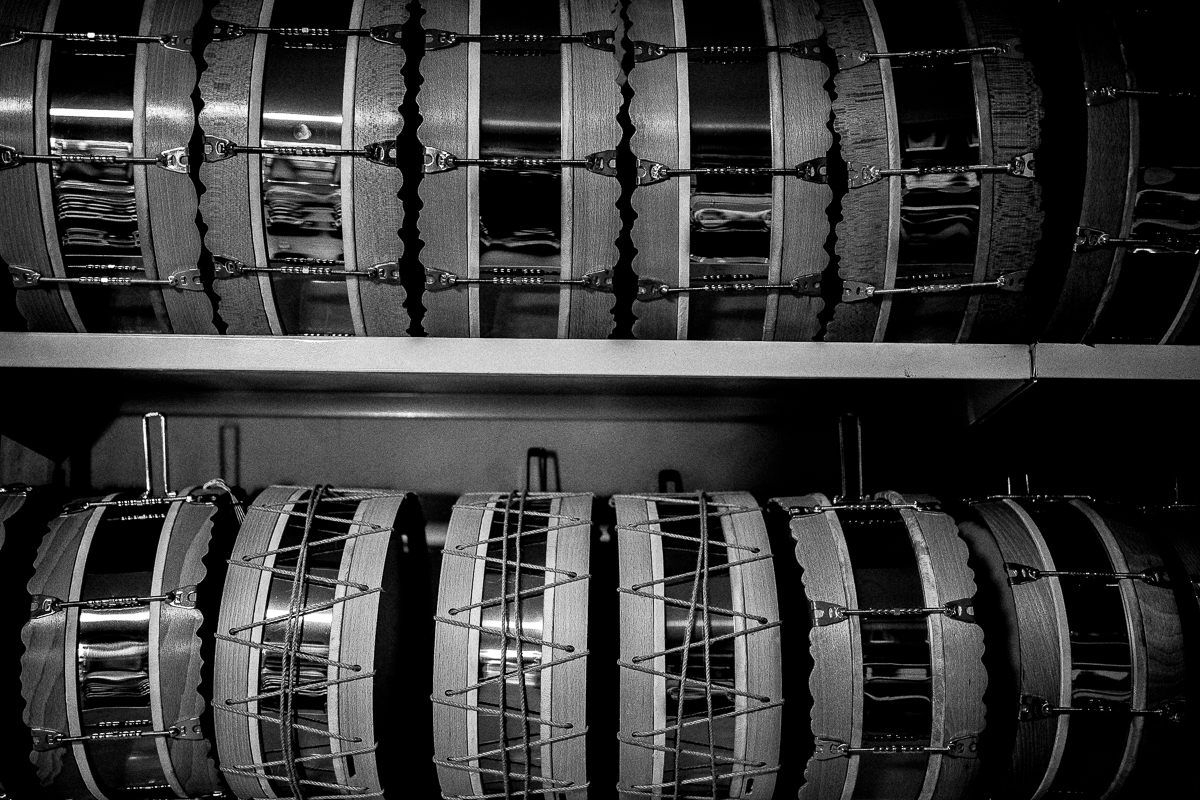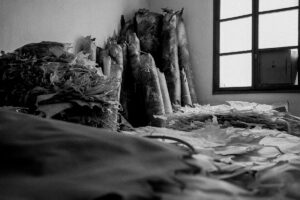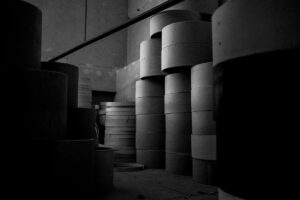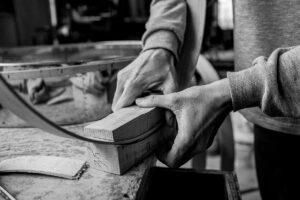The lower income residents in the town also wanted to take part in this tradition, which lead to the drum manufacturing locally. In most instances, the shells were made with canned fish, a rope to tighten and some hoops provided by a carpenter. In addition to this, furs and gut snares were also used, and these were easy to get in an eminently rural town like Mula, where there were plenty of goats and sheets. The town’s residents had all the necessary pieces to manufacture the drums by themselves.


Evidently, the quality of those first drums was not very good, but the manufacturers were not looking for a perfect sound. The evolvement of the tradition lead to a search for improvements in the pieces and thus in the drums, resulting in the magnificent instruments that are currently manufactured.
Y es así como, a medida que la tradición fue consolidándose, el pique entre tamboristas da lugar a una búsqueda en la mejora de las piezas y, por ende, del tambor, llegando a los magníficos instrumentos que hoy en día se fabrican.




